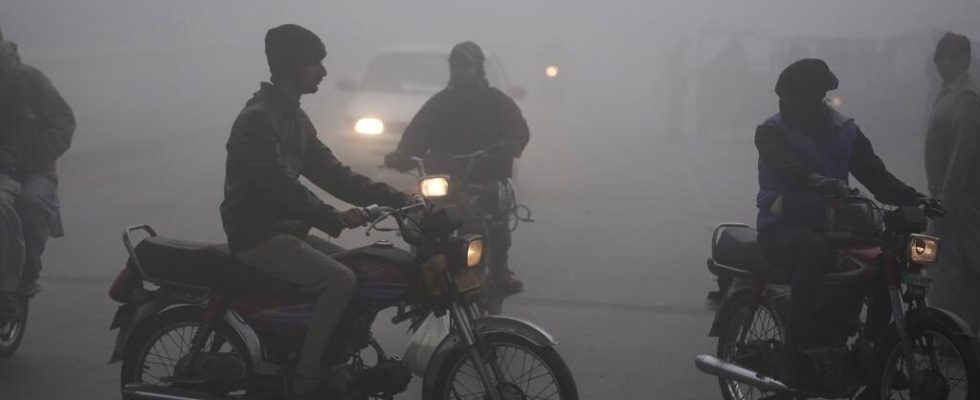Pakistan is the fourth most polluted country in the world. According to the NGO Human Rights Watch, at least 128,000 deaths are linked to air pollution each year. At the beginning of December, the level of fine particles measured in the air was so high that schools closed for four days to avoid exposing children. To clean up the air, the authorities decided, Saturday, December 24, to cause artificial rain. A scientific process that can work in the very short term but which circumvents the initial problem.
2 mins
In the city of Lahore, capital of Punjab, the most polluted city in Pakistan and in the top 3 most polluted cities in the world, a resident lives on average seven years less than if they breathed air with particle levels fines met the recommendations of the World Health Organization.
To purify the air, rain generally has its effect, because when it falls, the drops precipitate pollutants to the ground and disperse them. In the absence of showers in the region, the authorities decided, Saturday December 24, to cause rain themselves by seeding the clouds. Particles were deposited there and a chemical reaction made it possible to form droplets.
But this technique is not unanimous. To fly the plane that will modify the composition of the clouds, we need fuel; we therefore emit more greenhouse gases. Another concern raised by the Union for the Conservation of Nature: no longer being able to stop the rain once it has started, with bad weather to blame.
The NGO Human Rights Watch recalls that exposing its population to such levels of pollutants is an attack on human rights. She calls on Pakistan to address the causes of this toxicity rather than trying to treat the symptoms.
Read alsoLahore, the cultural capital of Pakistan, is suffocating under a thick cloud of pollution
